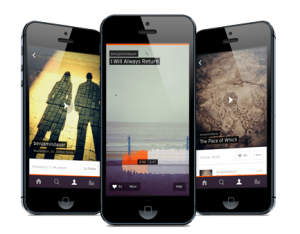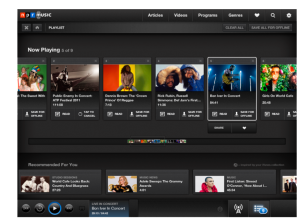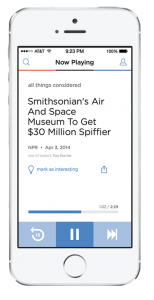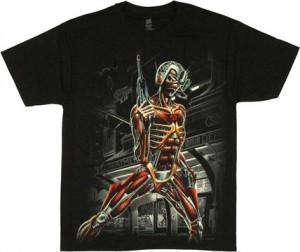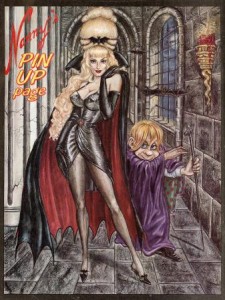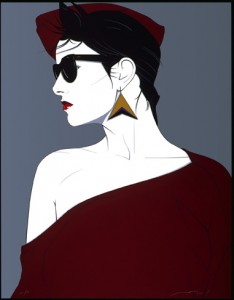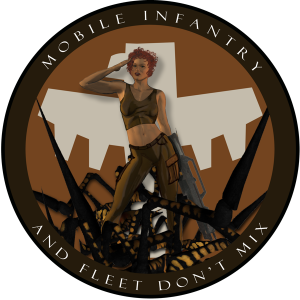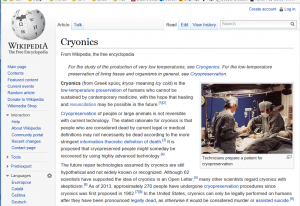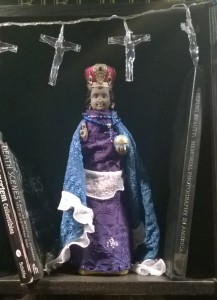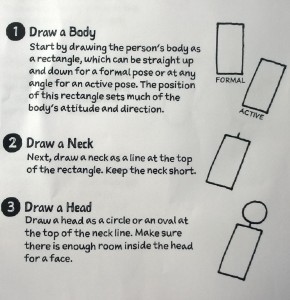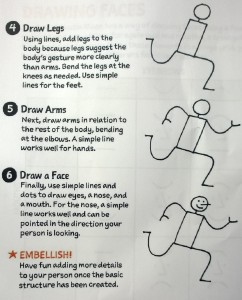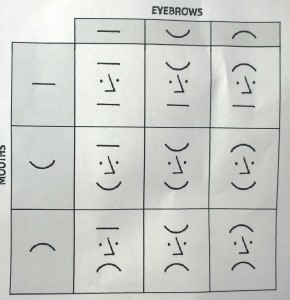Kicking off AIGA Baltimore’s Design Week 2014 at ADG Creative, the Ravens in-house marketing team sent in three of their best to talk about how Baltimore’s own NFL team thinks creatively about design and marketing. Bryan McDonough, Heather Blocher, and David Lang discussed how they target Baltimore football’s wide audience across print, digital, social media, and broadcasting in a fascinating presentation, all while showing off their flashy Ravens World Champion rings.
Marketing the Ravens
Emphasize consistency. That’s the team’s key secret for seamless collaboration. The Baltimore Ravens’ marketing team only joins forces with outside agencies occasionally. Almost all efforts take place in-house, even broadcasting. As a graphic designer for the Ravens, presenter Bryan McDonough described the group as being a “mini agency”.
The marketing team has to “churn and burn”—they’re ready to react. While most NFL creative teams ask “how does this help us sell tickets?”, the Ravens are always sold out, allowing more creative freedom. Each campaign piece still must work across all platforms, including print, digital, broadcast, and environmental. The organization also reaches a wide and inclusive audience of women, men, families, young fans, and seasoned fans.
If that wasn’t enough of a challenge, the NFL has strict geographical marketing regions when it comes to things like print collateral and tv ads. The Ravens are uniquely sandwiched between two neighboring teams: the Washington Redskins and the Philadelphia Eagles. Luckily, there are no borders on the digital front. Even with the NFL limiting Ravens from print and tv in areas geographically associated with other teams, the web provides ways to market beyond these borders without regional terms.
How an idea becomes a campaign
Each season’s new campaign begins after the playoffs. The success of the players on the field decides when to shift focus to the year ahead. At this point, the design team’s first deadline is printing the next season’s tickets by May. During the summer months, the team prioritizes working with Ravens sponsors.
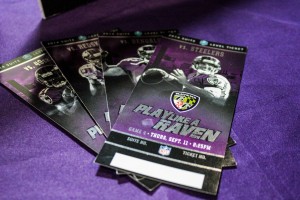
From the very beginning of each campaign, the marketing department’s creative process includes senior management, creative, marketing, and board representatives. Several concepts are narrowed down to the best two or three ideas. The public relations, digital, and print teams collaborate to select which concepts should move forward. Polished into solid presentations, the concepts must be clear to the point where the executives—who don’t necessarily have creative backgrounds—understand the direction and ideas.
In charge of overseeing these efforts, event presenter Heather Blocher serves as Senior Manager of Advertising & Branding. Heather started as an intern and officially joined the marketing group as her first job after college, a prime example of how team members are given opportunities for growth.
The one surefire way to win a campaign? Have Coach John Harbaugh buy in. If creative and marketing have his vote, then the players and fans approve. John can be tough, however. Even with free lunch in the cafeteria, Harbaugh recently put everyone on a diet. No more “Pizza Friday.” It’s just salad. At least everyone gets cake after a win, though. On the other hand, losses do affect morale. The next day everyone is bummed right along with the fans—and a lot goes into game day behind the scenes.
How to “Play Like a Raven”
Give it your all, 110%, on and off of the field. That’s what it means to “Play Like A Raven”—the team’s tagline and annual marketing campaign since 2009. Praised by coaches, players and fans, the phrase remains one of their most successful campaigns.
Focusing on the human element and illustrating the off-the-field “Play Like A Raven” concept, new photo shoots show players training and behind-the-scenes. Quotes from Coach John Harbaugh integrate into the final design to reflect this more personal tone. Landscape posters using this imagery portrayed the players as heroes and role models. The posters were envisioned as inspirational collectables distributed at stadium practice events leading up to the season opening.
Their 2014 marketing both hints back to the original “Play Like A Raven” campaign and pushes the idea to the next level. Fan shots became a major part of the previous campaign’s success. The logical next step uses these even more expansively. Updated photography showcases the vast Baltimore cityscape. A new style guide allows visuals to easily translate from print to web, mobile, and broadcast as the team continues to improve the level of consistency.
Taking the campaign online
Hashtags for the Baltimore Ravens were once inconsistent with mixed messages and sources. Fans generated some with others in the marketing department. For example, #relentless is not specifically related to the Ravens alone. Rather than join these existing and wider conversations, their own threads were started specifically for the Ravens’ team. David Lang, as the Ravens’ Senior Digital Media Manager, discussed how he oversees the website and digital presence, including social media and broadcasting.
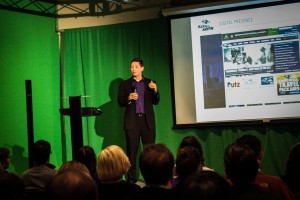
Tackling the confusion, the 2014 campaign includes just one hashtag: #playlikearaven. Since the Ravens are a newer team, creating an abbreviation like the Redskins hashtag—#HTTR for Hail To The Redskins—was deemed less meaningful and effective. Instead, #playlikearaven was trademarked. Beginning in 2014, posters and promotional materials added #playlikearaven, and this encouraged players and fans to share virally on social media.
The marketing team found creative ways to involve the players and the rest of the organization as the official hashtag gained popularity. The most positive and encouraging Facebook posts, tweets and photos were printed after sifting through thousands of social media posts. Displayed at the Ravens’ cafeteria entrance, these images help connect the staff and players with their fans. This interactive element that goes beyond an online “like” or “retweet” reinforces the idea that the Ravens marketing is not just a one-way conversation.
Outside of social media, President of the Baltimore Ravens Dick Cass is a driver for old school methods. Even though holiday cards are still printed, the marketing team did take to the streets late one night. With permission, the team stenciled graphics across the city using an environmentally safe paint from Germany to engage with their fans. But most often, the Baltimore Ravens leave street-level tactics to the fans themselves. They’re the ones who do guerrilla marketing best.
Photos by ADG Creative
Shannon Crabill is a New Media Specialist at T. Rowe Price. Outside of the Internet, you can find her dancing, riding her motorcycle and binge-watching home improvement shows on HGTV. Tweet her at @shannon_crabill.
Brian E. Young is an art director and magazine designer by day and artist by night. When not painting, he’s helping unlock imaginations via his blog and The Uncanny Creativity Podcast. Ask him anything: sketchee.com.

